Search your favourite transcriptions and add them to your cart with a click.![]()
Blood Count - Christian McBride Full Bass Line
My Funny Valentine - Sam Jones Full Bass Line
Prelude To A Kiss - Sam Jones Full Bass Line
Lady Day - Ron Carter Full Bass Line
Chelsea Bridge - Billy Strayhorn arranged / Alvin Raglin played Bass Line
The Girl Next Door - Israel Crosby Full Bass Line
Just You, Just Me - Larry Gales Full Bass Line
Strode Rode - Doug Watkins Full Bass Line
Effendi - Art Davis Full Bass Score
There Will Never Be Another You - Ray Brown Full Bass Score
Invitation - David Williams Full Bass Score
Airegin - Sam Jones Bass Line (7. Ch.) + Solo
Criss Cross - John Ore Full Bass Line
Mamacita - Ron Carter Full Bass Line
Reaching Fourth - Henry Grimes Full Bass Score
Speak Low - Art Davis Full Bass Score
Tell Me a Bedtime Story - Buster Williams Bass Line (1 Ch.)
Sunset - Art Davis Full Bass Line
Inception - Art Davis Full Bass Line
Laughing in Rhythm - Major Holley Bass Line (3 Ch.) + Solo
There Is No Greater Love - Art Davis Full Bass Score
Blues For Gwen - Art Davis Full Bass Score
Conception - Reggie Workman Full Bass Score
Celia - Charlie Haden Full Bass Score
Billie's Bounce - Dave Holland Solo
Let's Fall In Love - Ray Brown Full Bass Score
Spontaneous Combustion - Paul Chambers Full Bass Score
Beatrice - Larry Grenadier Solo
The Kicker - Teddy Smith Bass Line (Intro + 8 Ch.)
Kitty - George Duvivier Full Bass Line
Embraceable You - George Duvivier Full Bass Line
My Romance - George Duvivier Full Bass Line
How Long Has This Been Going On - George Duvivier Full Bass Line
Without a Song - Bob Cranshaw Full Bass Score
In Walked Bud - Dave Holland Full Bass Score
Alone Together - Charles Mingus Full Bass Score
Volare - Ray Brown Full Bass Line
She's Leaving Home - Larry Grenadier Full Bass Line
Blue Monk - Christian McBride Solo + Bass Line + 3 Bass Melodies
Four On Six - Percy Heath Full Bass Score
Bunny - Buddy Clark Full Bass Score
Tears Inside - Percy Heath Full Bass Line
View all transcriptions
Jazz Legends
- discover some bass transcriptions of greatest jazz musicians -
- Ahmed Abdul-Malik (2)
- Art Davis (6)
- Bob Cranshaw (5)
- Butch Warren (16)
- Charles Mingus (18)
- Charlie Haden (37)
- Christian McBride (16)
- Chuck Israels (6)
- Curley Russell (2)
- Dave Holland (20)
- Doug Watkins (8)
- Eddie Gomez (10)
- Gary Peacock (5)
- George Duvivier (8)
- George Morrow (5)
- George Mraz (9)
- Henry Grimes (7)
- Israel Crosby (25)
- Jimmy Blanton (11)
- Jimmy Garrison (10)
- John Clayton (2)
- John Simmons (3)
- Jymie Merritt (3)
- Larry Gales (4)
- Larry Grenadier (14)
- Marc Johnson (2)
- Niels-Henning Ørsted Pedersen (2)
- Oscar Pettiford (26)
- Paul Chambers (75)
- Percy Heath (16)
- Ray Brown (74)
- Red Mitchell (5)
- Reggie Workman (5)
- Richard Davis (2)
- Ron Carter (43)
- Sam Jones (33)
- Scott LaFaro (29)
- Slam Stewart (3)
- Steve Davis (4)
- Wilbur Ware (24)
- Other Bass Players (34)
- Charlie Christian (3)
- John Coltrane (2)
- Chet Baker (10)
- Tom Harrell (3)
Band Types
- search your bass transcriptions by number of musicians in the band -
Tag Cloud
- search your bass transcriptions by tag/keyword about jazz world -









































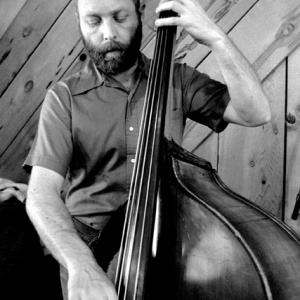
























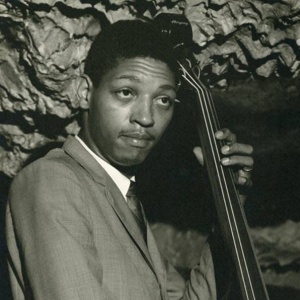




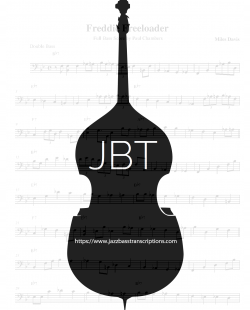



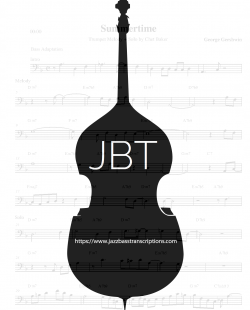








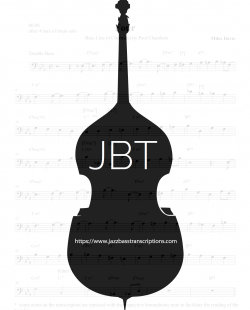


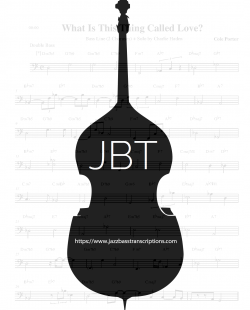
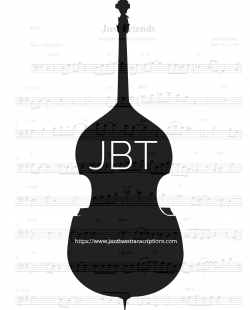





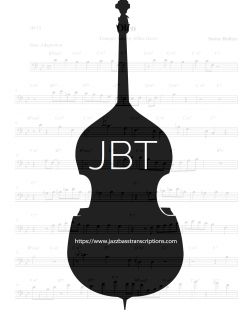

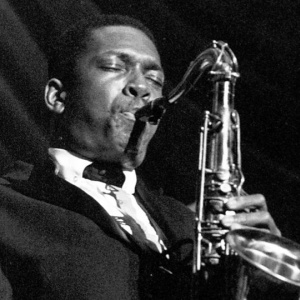


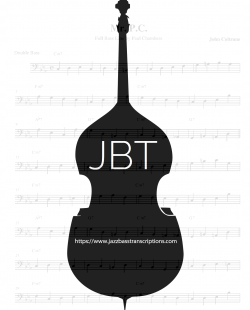






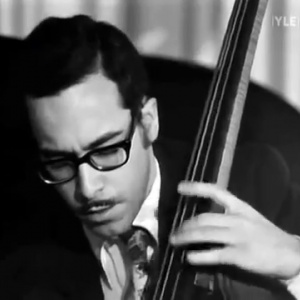





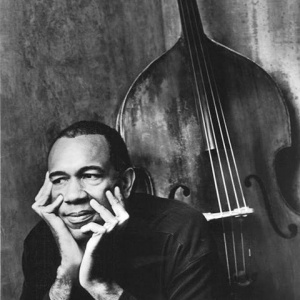


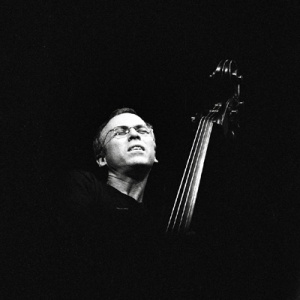


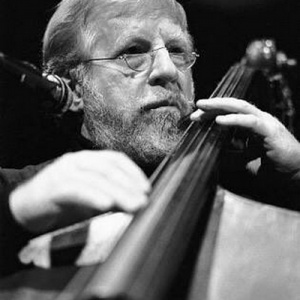






 Help
Help
